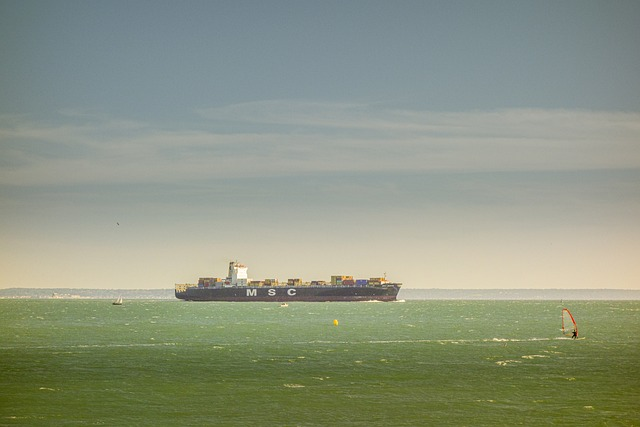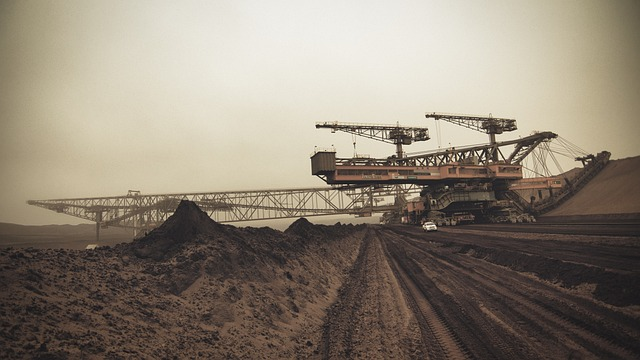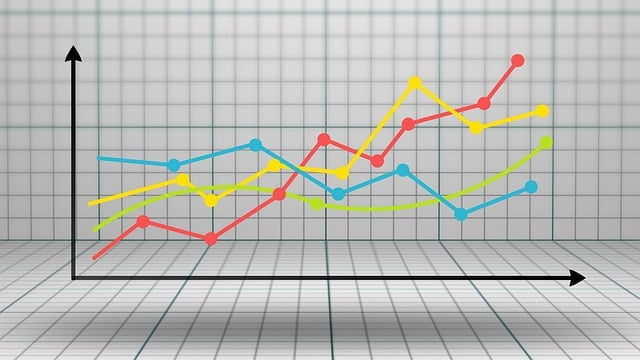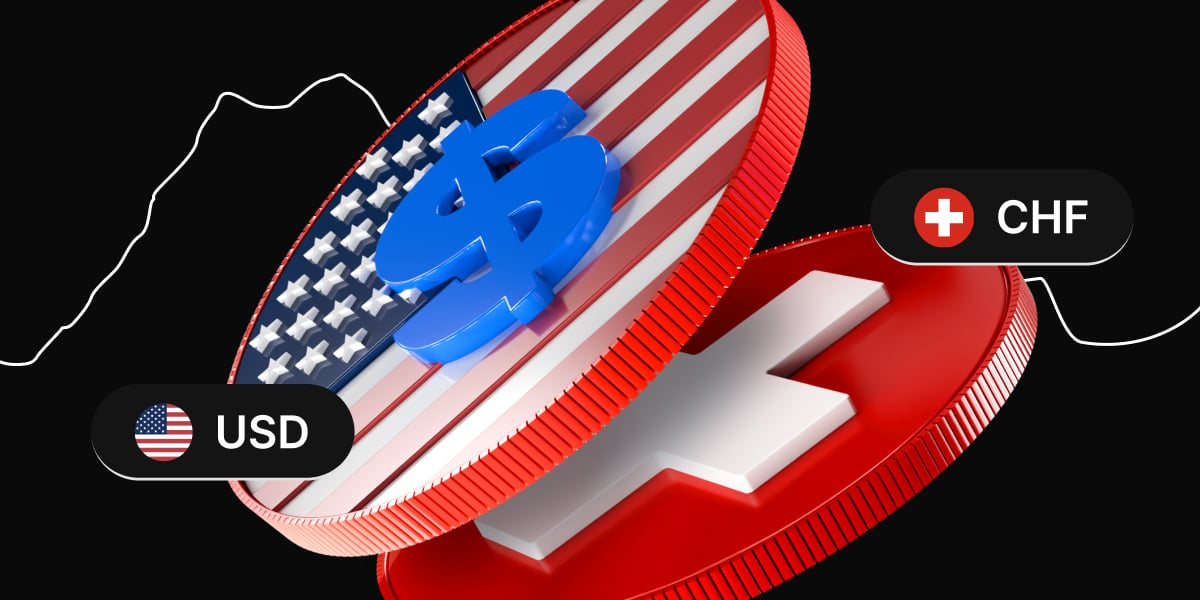Look around your home or office. Probably most of the things you are currently wearing, using, have drank or consumed since the morning are probably some type of Commodity. That includes Coffee, Cotton, Corn, Wheat, Aluminium, and Steel…but that’s just the tip of the iceberg.
The Commodity market is vast and includes everything from Industrial Metals, Precious Metals, Crude Oil, Natural Gas (NG), and agricultural products like Wheat, Corn, Cotton and Coffee. And each one acts differently, even under similar market conditions, which means it can be a great asset to diversify a portfolio.
As you can gather, since Commodities are used ubiquitously, it is a huge market with a staggering trading volume, and is one of the most popular markets amongst both retail and professional investors.
Oil is arguably the King (or Queen) of the Commodity market due to its frequent and substantial movements.
Most financial advisors recommend holding 5-10% of your portfolio’s value in the Commodity market as they often are negatively correlated to stocks and bonds and thus are a great hedge against inflation.
Most Commodities are sold in US dollars in various weight and volume units. Precious metals, for example, such as Gold, Silver, Platinum, and Palladium are usually sold in troy ounces/USD. Crude Oil is sold in barrels, whereas Wheat, Corn and other agricultural products are usually sold in “bushels” which is approximately 25.5 kg.
If you want to invest in Commodities, this article will help you understand how the market works, what the Commodity market includes and what affects their prices.
Why are Commodities traded?

Trillions of dollars a day are invested and traded on the Commodity market, and that colossal volume contributes to the rapid and dynamic price action this market offers.
Supply and demand largely move the prices of Commodities, as does trading volume, but there are other factors that we will explore throughout this article.
Market sentiment also contributes to price changes. Often, you will see profit-taking after rising Oil prices start testing resistance causing a higher price.
That also means that the Commodities markets present frequent and substantial opportunities for both those who invest in Commodities and those who trade Commodities.
But that doesn’t mean that Commodities are easy to trade. In fact, most experienced traders steer away from them due to numerous reasons we will cover later on.
Another characteristic that appeals to investors and traders is the fact that Commodities are often inversely correlated to the Stock market, so when Stock prices fall, Commodity prices often rise.
This characteristic is often used by investors to protect their portfolios against stock market volatility.
Additionally, many precious metals like Gold and Silver are used as an inflation hedge and a safeguard against market volatility, as they are considered to hold value, and their prices tend to be more stable than most assets.
As financial products, Commodities are used for speculative trading, investing and even hedging against future volatility with Futures contracts.
Categories of traded Commodities

Commodities are often categorised into hard and soft Commodities. Hard Commodities are generally considered mined or extracted ones, such as Oil, Metals, Minerals and other raw materials. Soft Commodities are usually agricultural products, including Corn, Cotton, Wheat, Coffee or other cultivated Commodities.
As you can gather, soft Commodities, can be more volatile than hard Commodities, because they are much more sensitive to changes such as extreme weather, geopolitics and policy changes
Energy Commodities
Energy Commodities include primarily Natural Gas and Crude Oil. Amongst the two, Crude Oil is the most popular though, and is usually sold as WTI Crude Oil, or Brent Crude Oil.
WTI is an abbreviation for West Texas Intermediate and, as the name implies, is extracted in the United States, whereas Brent is extracted in Europe. WTI Crude Oil is usually the one that sets the prices around the world, and most people that trade Commodities, only use Brent Crude Oil prices as a reference or to confirm trends.
That’s where the differences end, though, as both Commodities’ prices are directly affected by the value of the United States dollar, supply and demand, geopolitics, and even extreme weather.
For example, just a few years ago Hurricane Ida caused 95% of Oil refined in the Gulf of Mexico to be shut down. Oil prices can also be affected by geopolitics, as well as government or OPEC decisions regarding supply.
Luckily, much of this information is available publicly, as Crude Oil and Natural Gas are covered extensively in both the mainstream media and financial news outlets.
Agricultural Commodities
As the name implies, agricultural Commodities include Soybeans, Wheat, Corn, Cotton and pretty much anything else that is farmed and traded on exchanges.
These types of Commodities are especially susceptible to inclement weather, but also geopolitics. The Commodity market prices can be affected a few ways in regards to geopolitics.
By disruption of production, supply or materials needed to produce the agricultural Commodities. We saw this happen during the invasion of Ukraine – where all three happened. Due to the conflict, agricultural production of Wheat was interrupted, then the ability export was blocked and necessary fertiliser was inaccessible.
As Ukraine is one of the European continent’s biggest grain producers, these factors caused Wheat prices to skyrocket to $12.08 (almost double today’s $6.79).
Corn and Soybean prices actually experienced the opposite affect. In an attempt to increase its food security, China moved away from US Corn and Soybeans, instead buying from the more price competitive Brasil.
This resulted in both Soybeans and Corn prices dropping sharply, although with about a decade between them (China started buying Soybeans from Brazil in the mid-to late 90’s, and moved away from US and Ukrainian produced corn in 2022).
Of course Commodities traders that read the news and anticipated the price change could take advantage of it with Futures contracts, or by shorting the Commodities.
Metals
Although many people bulk Metal Commodities together – there is a serious distinction. Industrial Metals are used to produce or process various products, like Lithium, which is used in various applications but primarily for the production of batteries. Precious Metals are usually just used as a store of wealth and for jewelry. Although some do have industrial applications as well but this really doesn’t have a significant impact on the price.
When inflation increases, conservative investors will put some of their wealth in Gold, Silver or both. The reason is that their value isn’t really affected by inflation, holding value even when most other assets are losing value. That’s also why they’re called “safe havens”. Usually, when inflation increases, traditional stores of wealth like Stocks and Bonds start losing value, and investors move to Metals to counterbalance this.
Copper and Industrial Metals also increase in value when inflation increases, which makes them appealing to investors during inflation or financial market volatility. But unlike their precious counterparts, these are more subject to economic changes. Let’s say an industry makes a shift away from a certain Metal due to cost, which will cause a significant drop in the Metal’s price.
We see this happen frequently with Platinum and Palladium, that’s used in catalytic converters. When Platinum is expensive, automakers move to Palladium. When Palladium is too expensive, automakers will move back to Platinum.
Other Commodities
There are other Commodities, including Cotton, Rubber and Lumber. These items are usually raw materials for other industries and, because of this, can be bellwethers for an economy’s health.
Although these are also used to diversify portfolios, they do not move as frequently or as substantially as the other Commodities mentioned above.
Factors influencing Commodity prices

As with any other market, supply and demand is one of the biggest motivators of Commodity prices. An example of this was during the Covid-19 pandemic when Oil Futures contracts actually went negative for a moment.
This was due to the travel restrictions enforced by governments to quell the pandemic’s spread causing the price of Oil to drop like a rock.
On the other side, Natural Gas saw a huge jump in price when the invasion of Ukraine broke out, as the majority of Europe’s NG was produced in Russia.
Extremely bad weather, as mentioned above, can inhibit the production, the raw materials needed to produce, or the movement of the final product. This drop in supply, as long as demand doesn’t change, can cause Commodity prices to surge.
Policy changes can also cause price changes, like the decision China made to start buying Commodities like Soybeans and Corn from countries outside of North America and Europe.
Most traded Commodities by volume
The most traded
The most traded by volume – so that means both buy or sell orders of the underlying Commodity, not necessarily the physical Commodity – as expected, is WTI Oil.
The second most traded
The second, also expected, is Gold.
The third, fourth and fifth
Natural Gas is the third most traded on the Commodities market. Soybeans and Corn round out the top five, which makes sense, since they are the most widely used food items in the world. Unfortunately, Brent Crude doesn’t break the top five.
Risks and challenges in Commodity trading
Commodities trading is not for novices, but can be used by new traders to diversify a portfolio, following the 5-10% rule.
The reason Commodities trading can be challenging is due to the multiple factors that can affect their prices, causing a high level of unpredictability.
To manage your risk, make sure your Commodity exposure is low relative to your overall account size. Adding a stop loss to your position can limit your maximum exposure, and can protect both your account and other positions.
How to start trading Commodities
First, you need to choose a broker that not only offers Commodities, but also has competitive conditions. PrimeXBT not only offers great condition, but a user-friendly platform that’s available on multiple platforms.
Another benefit is that the sign up process is extremely quick and easy, all you have to do is enter your email address, choose a password and sign up!
Once you are on the platform you can deposit in multiple Cryptos, in USD, or EUR.
When you are in the platform, click on ‘Trade’ -> ‘Global Markets’ and choose ‘Commodities’ from the list of available markets.
You can also filter by CFD, Crypto, Forex or see ‘All Markets’ at once. The CFD filter will show you only Commodities and Indices.
Conclusion
Commodities can be a great way to diversify your portfolio, especially if inflation is increasing. Using a Futures Contract allows you to take advantage of developing trends, news or even events that may be escalating but not fully developed.
They are a diverse asset class that includes Precious and Industrial Metals, Agricultural and Industrial Raw Materials. And the various types of Commodities act differently under the same market conditions, giving you more choices and more flexible options to fit your trading strategy and risk appetite.
Commodity trading can be extremely lucrative, otherwise it wouldn’t be offered on some of the biggest exchanges in the world, including the New York Mercantile Exchange and the Chicago Mercantile Exchange, but certain precautions and risk management measures are necessary.
The content provided here is for informational purposes only. It is not intended as personal investment advice and does not constitute a solicitation or invitation to engage in any financial transactions, investments, or related activities. Past performance is not a reliable indicator of future results.
The financial products offered by the Company are complex and come with a high risk of losing money rapidly due to leverage. These products may not be suitable for all investors. Before engaging, you should consider whether you understand how these leveraged products work and whether you can afford the high risk of losing your money.
The Company does not accept clients from the Restricted Jurisdictions as indicated in our website/ T&C. Some services or products may not be available in your jurisdiction.
The applicable legal entity and its respective products and services depend on the client’s country of residence and the entity with which the client has established a contractual relationship during registration.




